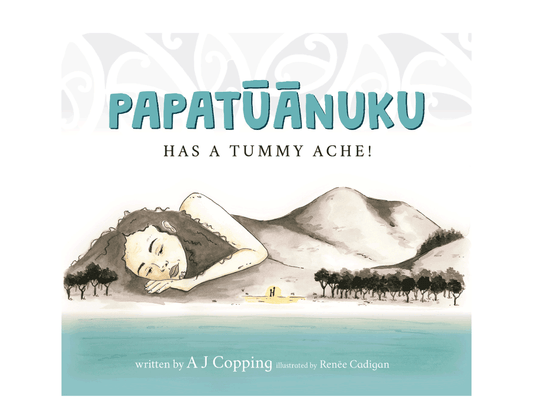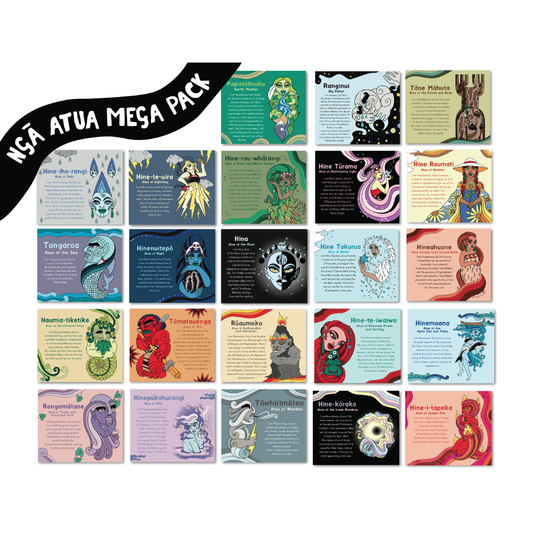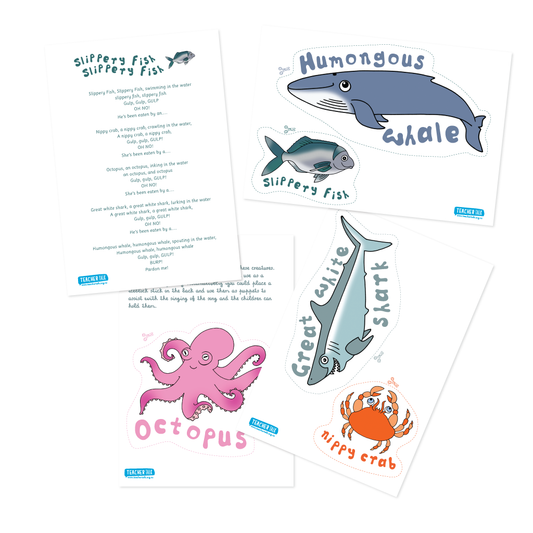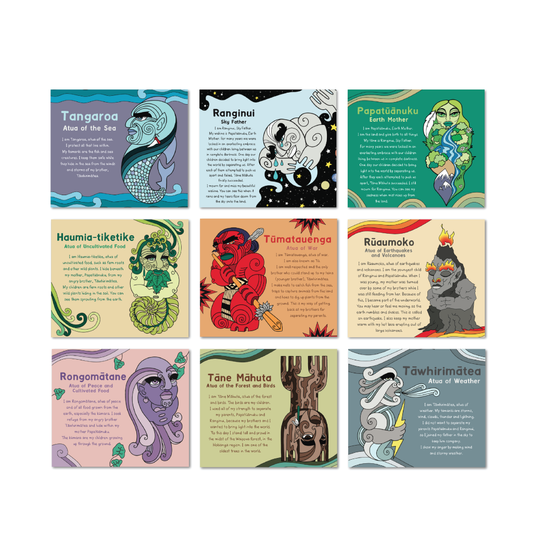Matariki, the Māori New Year, is a time of renewal, reflection, and connection. More than just a seasonal event, Matariki reflects Māori ways of knowing, being, and doing, making it a valuable learning experience for tamariki of all ages.
For Māori, the rising of the Matariki star cluster marks the beginning of a new cycle. It is a time to honour those who have passed, celebrate the present, and set intentions for the future. The maramataka (Māori lunar calendar) is guided by the stars, the moon, and the natural environment, shaping how Māori engage with the world. By embracing Matariki in early childhood education, we align our teaching with Māori perspectives on time, interconnectedness, and relationships with the environment and each other.
Te Ao Māori and the Stars of Matariki
Each star in the Matariki cluster represents different aspects of the natural world, reinforcing the Māori understanding that people are deeply connected to the land, water, and sky. This perspective encourages holistic learning and respect for Te Taiao (the environment), which is central to Māori values.
• Matariki - The guiding star, representing wellbeing, unity, and new beginnings.
Whakawhanaungatanga (building relationships) is key to Matariki. Encourage tamariki to reflect on their relationships with whānau, friends, and their learning community
• Tupu-ā-rangi - Connected to food from the sky, such as birds and berries.
Share pūrākau (Māori stories) about manu (birds) and explore the importance of kaitiakitanga (guardianship) over forests and birdlife.
• Tupu-ā-nuku - Represents kai (food) grown in the soil.
Engage tamariki in maara kai (gardening) to foster a connection to the land and learn about the Māori practice of planting by the maramataka.
• Waitī - Linked to fresh water and its creatures.
Explore Māori perspectives on wai (water) as a life force and discuss ways to care for rivers, lakes, and streams.
• Waitā - Associated with the ocean and its bounty.
Teach tamariki about traditional Māori fishing practices and the importance of respecting Tangaroa.
• Waipunarangi - Represents rain and the water cycle.
Connect to Te Ao Māori by discussing the role of rain in sustaining life, and explore how Māori traditionally collected and used rainwater.
• Ururangi - Represents the winds and weather patterns.
Observe how different winds bring change and explore Māori knowledge of seasonal winds through kites and movement activities.
• Pōhutukawa - The star of remembrance, acknowledging those who have passed.
Create a space for storytelling and reflection, reinforcing the importance of whakapapa (genealogy) and remembering tīpuna (ancestors).
• Hiwa-i-te-rangi - The wishing star, linked to aspirations and goal-setting.
Encourage tamariki to express their dreams and aspirations through waiata, storytelling, and creative projects.
Embedding Matariki in the Early Learning Environment
Matariki offers a powerful opportunity to honour Māori culture in early childhood settings by embracing oral traditions such as pūrākau (stories), waiata (songs), and haka, helping tamariki connect with ancestral wisdom while building communication skills. It also strengthens whānau and community connections through shared kai, storytelling, and celebration, fostering a sense of belonging. As kaitiaki (guardians) of Te Taiao (the natural world), tamariki can engage in sustainable practices like tree planting and learning about native species, reinforcing the value of caring for Papatūānuku (Earth). Observing the maramataka (Māori lunar calendar) through seasonal gardening, moon phases, and weather patterns deepens awareness of natural rhythms, while preparing and sharing kai, such as kūmara or rewena bread, nurtures gratitude and connection. Finally, tamariki can express Matariki through creativity- using art, movement, and music like weaving, poi, and kite-flying - to explore the stories and stars of the season in meaningful and joyful ways.
Matariki: A Time to Reflect, Connect, and Celebrate
When we celebrate Matariki in early childhood, we’re doing more than marking the Māori New Year - we’re embracing Māori ways of knowing, being, and doing. It’s a chance for all tamariki, whether Māori or non-Māori, to learn about and respect Māori culture in a way that’s fun, meaningful, and hands-on. This ties in beautifully with Te Whāriki and its focus on bicultural practice. Together, we can make Matariki a special time that reflects the richness of Te Ao Māori and brings learning to life.
Our Matariki rauemi are designed to support kaiako in creating meaningful, hands-on learning experiences that spark curiosity and connection. Whether it’s through crafting activities, exploring pūrākau (stories), or learning waiata, our rauemi help tamariki engage with the rich cultural significance of Matariki in ways that are both fun and educational. By providing ready-to-use, beautifully designed resources, we make it easy for teachers to bring the spirit of Matariki into their learning environments and celebrate the Māori New Year with confidence and authenticity. Explore our Matariki collection here.




